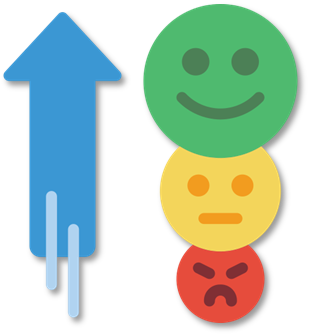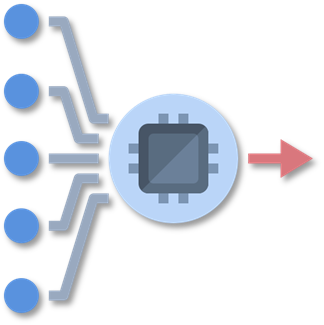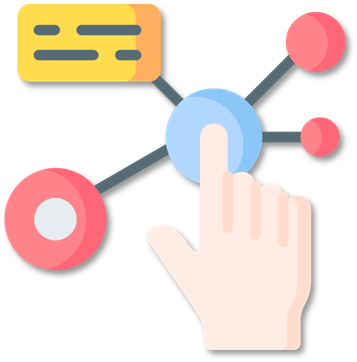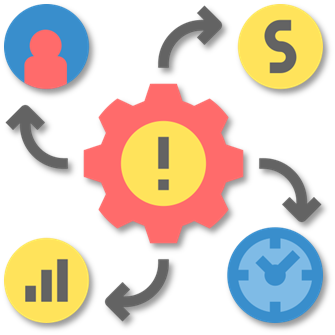Scenario 3A: Intervention Psychosocial Development
Step 1: Use Case
Use case 3.1: Language Development
| Topic | Question | Answer |
Stakeholders | What users/stakeholders are involved in your use case? (if there are many, choose 3 max to focus on) Please add name, age, gender, and one hobby (i.e. a first step towards the identification of personas). |
|
Stakeholders' goal | What do these people want to achieve? |
|
Values and motivation | Why do these people want to achieve this?
|
|
Role, task and context | What is humans' role in the overall task performance or activities? (e.g., think about the responsibilities) What are the main tasks or activities of these people? (Note that the roles, tasks or activities of the humans can change due to the introduction of new technology) Which context factors have a major effect on the performance or activities? |
|
Step 2: Functions
| Topic | Question | Answer |
Overall objective | What is the overall objective of the human-AI system? How do the human and AI collaborate and support each other (interdependence)? | |
Functions
| What are the functions of the AI-system(s)? What does it actually do? What are its inputs, what are its outputs? | R3.1 eParnters4All shall offer/refer to child intervention/program to support language development for better self-expression and communication with others R3.2 ePartners4ll shall tailor the intervention/program to individual’s child characteristics (preferences, learning style, skill level, etc.) R3.3 ePartners4All shall provide ‘coaching’ to motivate child to complete program and achieve personal goals R3.4 ePanrters4All shall provide teacher (and parents) guidance on how to motivate/support child to complete program and achieve personal goals |
Interaction | How do you expect the human to interact with these AI-functions? Does the human provide any input? (just a (high-level) description of interaction(s) is fine, e.g. “Actor A provides feedback in the form of tags”) |
|
Step 3: Effects
| Topic | Question | Answer |
Positive consequences | Which positive effects are expected from the AI-functions - to the performance of the actors who work with the AI (e.g., accuracy, speed, ...)? - to the state of them (e.g., stress, understanding, trust, ...)?
| |
Negative consequences | Do you foresee potential negative effects of the AI-functions: - on the performance, state and/or values of the actors? - on more general ethical or societal aspects? What are they? | |
Impact on use-case | What is the impact of the AI-functions on the overall use case? What does it add to the use case/how does it improve the use case as a whole? |
Step 4: Claims
| Topic | Question | Answer |
Measurements | For each positive and negative effect listed in step 3 , describe how you could evaluate (measure) whether they actually occur. | |
Benchmark | For each measurement, what are the benchmarks (criteria)? (i.e., what are desired values?) | |
Demonstration of AI-functionality | Can you describe how you could demonstrate that your AI-function(s) achieve(s) the effects that you listed in the previous question? |
Storyboard
[place a photo of your storyboards/Design Patterns here]













